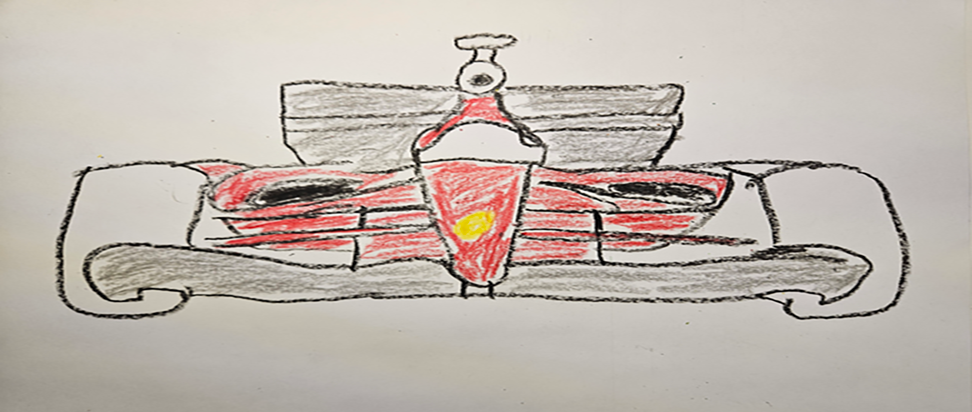
Learner’s Permit: Anatomy of a Race Weekend
If you’re very new to F1 and now starting to get F1 stuff in your feed, here’s a little guide to understanding a Formula One race weekend!
Free Practice
Each weekend comes with three sessions called “Free Practice.” Teams use these sessions to adjust the things on the car they are allowed to adjust, get some practice in for qualifying, and also practice for the race. Formula One cars are super sensitive to temperature, elevation, and weather so these sessions provide a lot of essential data for the teams. Teams are also required to give some car time to drivers who are not their primary two and they do it in the Free Practice sessions.
Qualifying
Qualifying occurs the day before the race and sets the lineup for the Gran Prix, the race. There are three qualifying sessions. The first two eliminate the slowest five drivers and the last session sets the order of the final ten. Drivers are allowed to go out whenever they want on whatever tyre compound they want within their allocation and try to set a really good lap time. It’s advantageous to set your lap towards the end of each session because as the track is used it becomes grippier due to added rubber on the road from the previous laps. Sometimes, if you think there will be a crash or a weather event, its really good to set your lap time EARLY.
There’s a different type of qualifying format at a limited number of races, called a Sprint. They do a qualifying session to set the order for a Sprint Race the day before Sunday’s Grand Prix. Then the results of the Sprint sent the lineup for the Grand Prix. Sprints are exactly that, you don’t have to stop the car, unlike in a Grand Prix. Also, the top 8 finishers get some points!
One thing to note about qualifying is that cars are put under “parc fermé conditions.” This is French for “closed park” and basically means you can’t really change anything on the car. This is why practice matters so much, you really have to have a strong idea of how you want to set up the car before you head out to qualify. There are some changes you can make but anything that will really seriously impact the car’s performance can’t be changed unless it would endanger life and limb not to do so. If you do, you get some kind of penalty. Usually starting from the pitlane.
The Grand Prix
This is the race. Any Formula one Grand Prix has a variably number of laps but they’re all basically 190 miles. Since each track is different some do a little more than others and the lap numbers make no sense. They are not allowed to refuel the cars during the race but they can replace parts on the car or even tape it up if they want. They are required to stop the car at least one time to change the tyres, must use different kinds of tyres, unless it is raining or the race is cut short. If its raining to start and you are forced to start on the “wet” tyres then you don’t have to switch tyre compounds.
The top 10 finishers get points!




